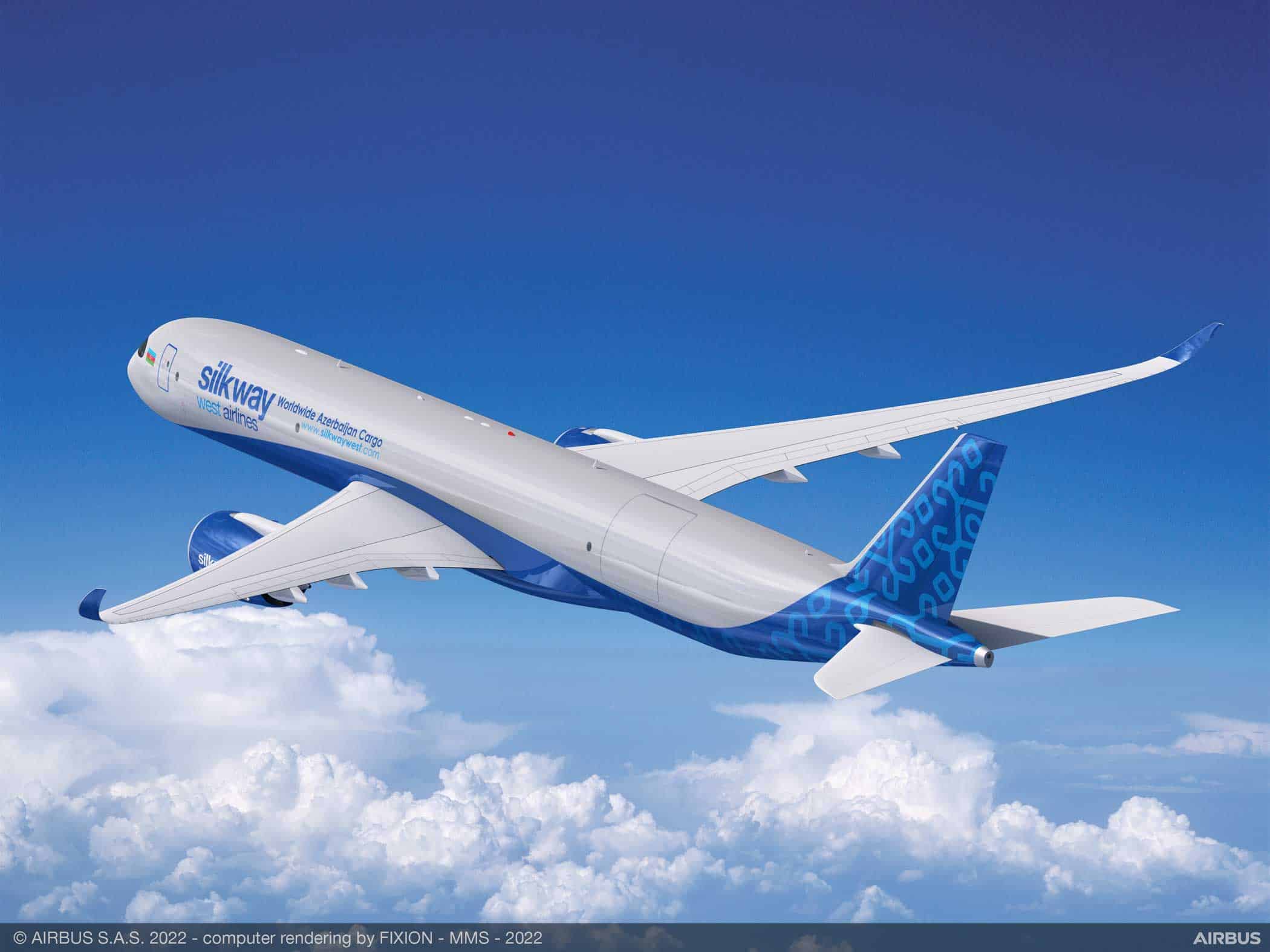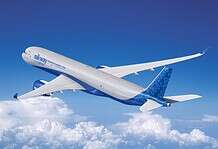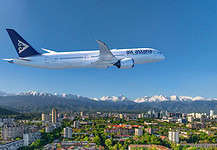This site is also available on:
Deutsch
Air Astana is continuing its growth strategy by significantly expanding its international route network this fall. As the leading airline in Central Asia and the Caucasus region, it is responding to growing demand in the Middle East and Asia by offering new connections and increasing the frequency of existing flights. This development reflects growing interest in economic, cultural, and tourism exchange between Kazakhstan and the important international markets in the Middle East and Asia. The expansion of the flight schedule includes not only return routes but also new routes with high passenger potential.
Expansion of flight offerings in the Middle East
Since September, weekly flights from Almaty to Jeddah have resumed with two connections per week, complemented by an additional route from Shymkent to Jeddah, operated once a week. These operational decisions reflect strong demand from business travel, religious tourism, and family connections between Kazakhstan and Saudi Arabia. Furthermore, starting in late October, services will be expanded: Almaty will have two flights per week and Shymkent will have one flight per week to Medina, a city of significant cultural and religious significance. In addition, there are newly initiated routes from Astana and, for the first time, from Aktau, serving Jeddah and Medina every two weeks. This strategic airport selection ensures increased connectivity and convenience for diverse passenger groups.
Strengthening connections to Asian holiday destinations
In addition to its services in the Middle East, Air Astana is turning its focus to tourist hotspots in Asia. From the end of October, there will be three weekly flights from Almaty to the Maldives‘ capital, Malé, with a frequency increasing to up to five flights per week during peak season. This increase corresponds to the increased demand for luxury beach holidays and exotic relaxation experiences, which are attracting increasing numbers of customers. Vietnam is also gaining more attention: the route from Almaty to Phu Quoc, one of Vietnam’s most popular holiday islands, will initially be offered five times a week and from December even daily, maximizing flexibility for travelers. The capital of Kazakhstan, Astana, is also establishing closer ties and now offers three flights per week to Phu Quoc, which will suit both business travelers and tourists.
Expansion of existing routes and modern fleet strategy
For public and private travelers, Air Astana is also increasing frequencies to other strategically important destinations. The route from Almaty to Dubai will be expanded to twelve flights per week, almost double the previous seven. Similarly, the frequency between Astana and Dubai will increase to ten flights per week. This underscores Dubai’s role as an international trade and tourism center, serving as a hub for travelers from Kazakhstan. Furthermore, the airline is increasing its flight offerings from Almaty to Bangkok and Phuket, both highly attractive tourist destinations in Thailand, to seven flights per week each. This rollout demonstrates a targeted commitment to expanding air traffic between Central Asia and Southeast Asia and promoting exchange.
All these routes are operated with state-of-the-art Airbus A320neo or Airbus A321LR aircraft. These aircraft offer both efficiency in the air and comfort for passengers, reinforcing Air Astana’s image as a progressive and customer-focused airline.
Significance of the route extension for regional networking
The expansion of Air Astana’s international flight connections is not only a growth step for the airline, but also a stimulus for the entire region. Kazakhstan benefits from improved connections to important economic and tourism markets. Connections with the Middle East and Southeast Asia support economic diversification and cultural exchange. These stronger connections enable new business relationships and facilitate passenger transit, contributing to the development of air transport hubs in Central Asia. In particular, the new flight routes from Aktau and Astana to Saudi Arabia demonstrate the regional expansion of the airline’s air transport strategy, which extends far beyond its current boundaries.
Tourism and economic implications
The increased flight availability to destinations such as the Maldives, Vietnam, Dubai, Thailand, and Saudi Arabia reflects rising tourism flows from Central Asia and creates new options for business travelers and international collaborations. By increasing frequencies, Air Astana is fostering more dynamic interaction between origin and destination regions, significantly contributing to economic growth and the diversification of the Kazakh economy. In particular, the use of modern aircraft models promotes sustainability and flight safety and reflects the commitment to providing quality-oriented services. As a result, increased passenger and cargo traffic could also stimulate local service industries.
Outlook and strategic perspectives
In light of ongoing globalization and evolving travel needs, Air Astana is positioning itself as a significant bridge between Central Asia and emerging regions of the world. The recent adjustments to its route network and the integration of new and expanded connections are part of a long-term strategy to consolidate its market position. At the same time, customer service, technology deployment, and environmental sustainability are being further enhanced to meet increasing demands. The decision to operate with modern Airbus A320neo and A321LR aircraft is a further sign of the company’s commitment to combining efficiency with customer comfort while reducing its ecological footprint.
Conclusion: Strengthening the airline’s international presence
Air Astana’s extensive route expansion this fall marks a significant step in strengthening the airline’s international presence and demonstrates its role as a leading force in air transport between Central Asia, the Middle East, and Asia. Resuming and increasing frequencies on lucrative routes will provide improved connectivity, serving both tourism and business needs. At the same time, Air Astana is leveraging modern aircraft technologies to promote sustainable growth and meet the needs of discerning passengers. The strategic expansion of the route network not only secures competitive advantages for the company but also opens up new opportunities for the entire region in the areas of trade, tourism, and intercultural exchange.

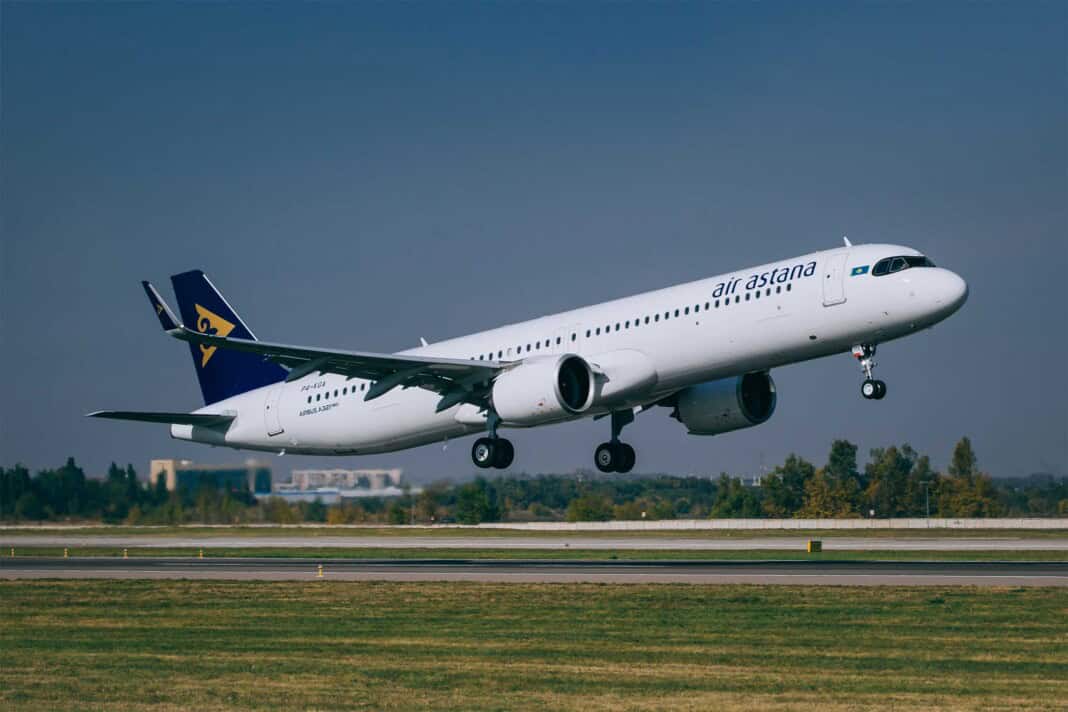
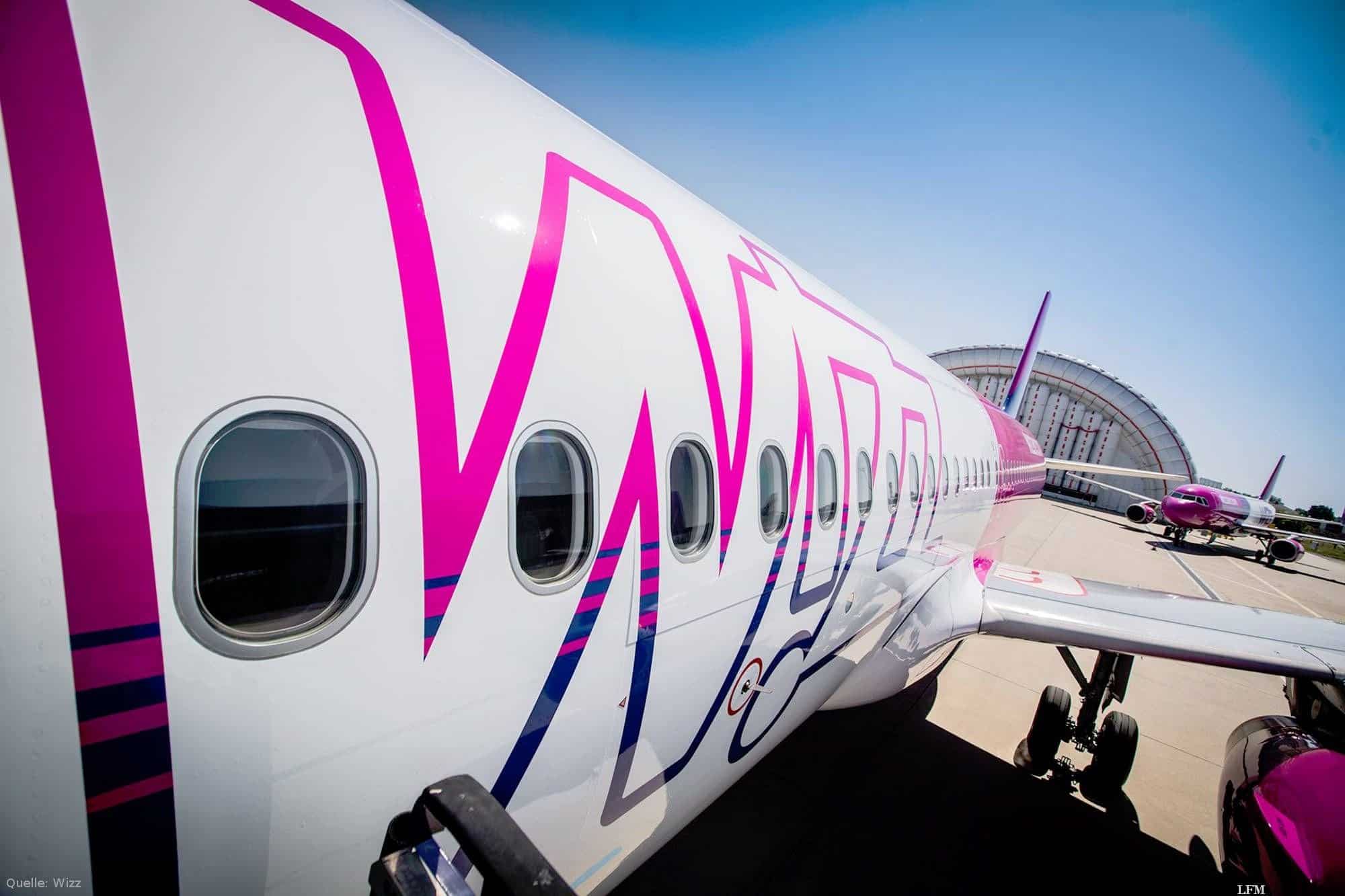 WIZZ Discount Club: More benefits for members (WIZZ Discount Club: More benefits for members)
WIZZ Discount Club: More benefits for members (WIZZ Discount Club: More benefits for members)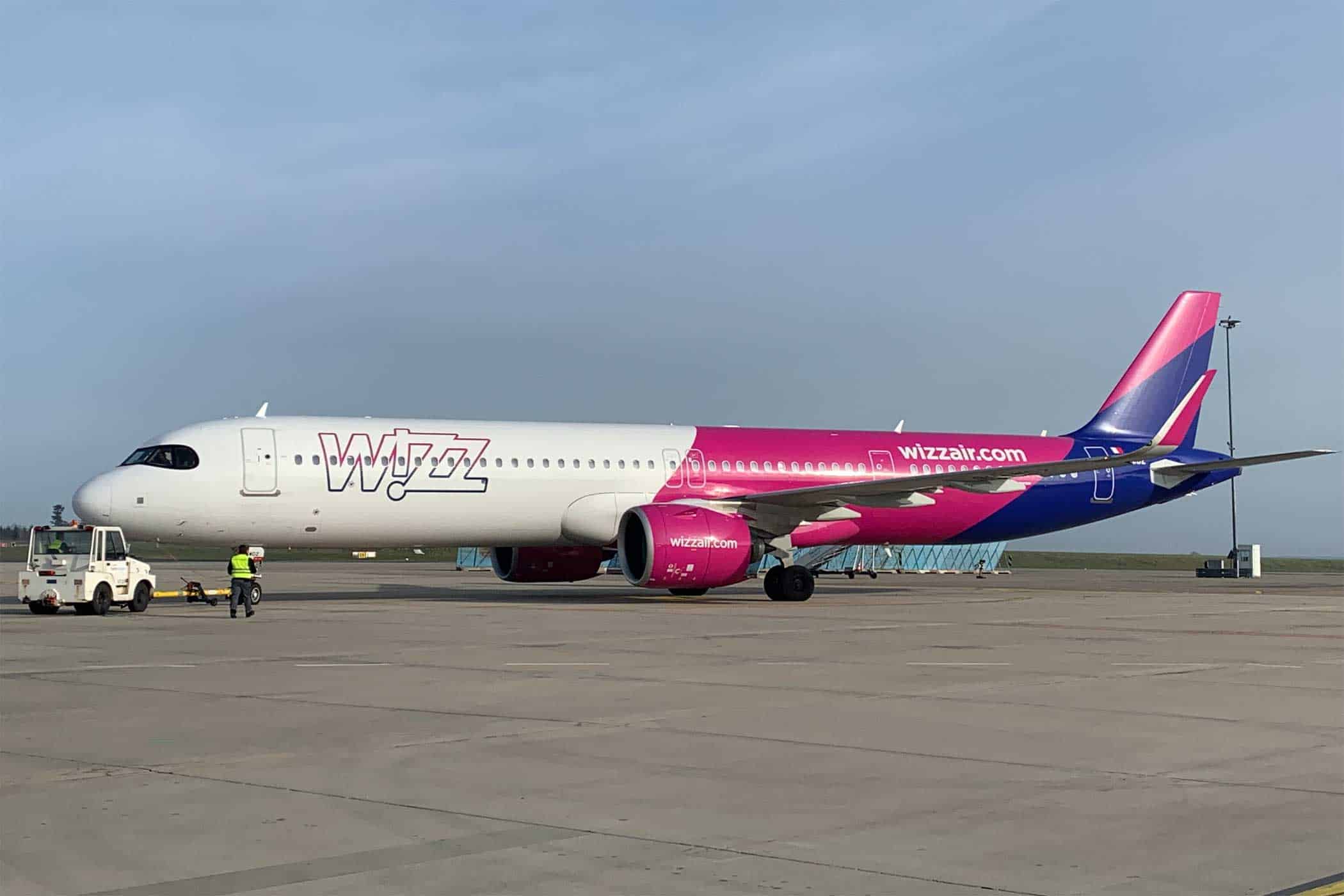 Wizz Air: New flights to Bucharest and Sibiu from Hahn Airport (Wizz Air: New flights to Bucharest and Sibiu from Hahn Airport)
Wizz Air: New flights to Bucharest and Sibiu from Hahn Airport (Wizz Air: New flights to Bucharest and Sibiu from Hahn Airport)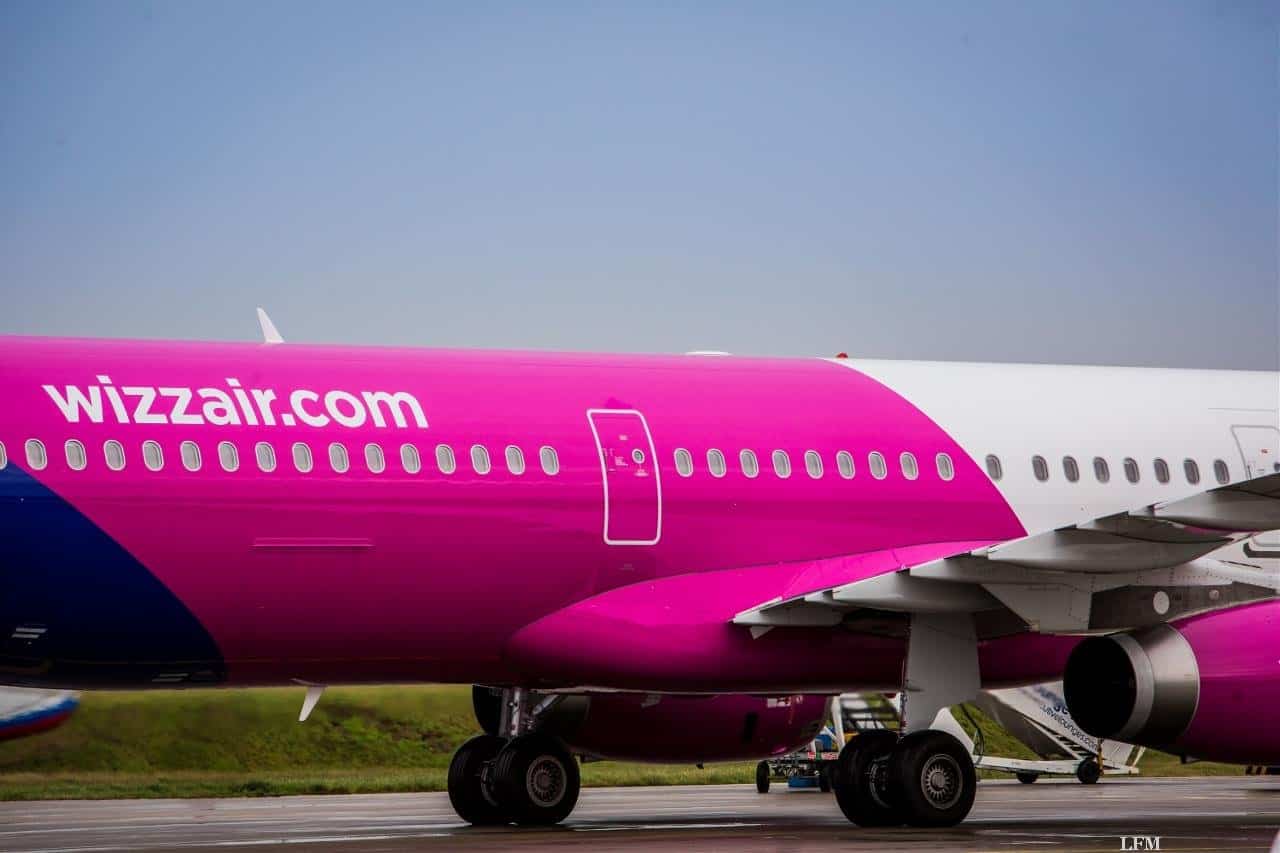 Wizz Air resumes flight connection Dortmund – Szymany (Wizz Air resumes flight connection Dortmund – Szymany)
Wizz Air resumes flight connection Dortmund – Szymany (Wizz Air resumes flight connection Dortmund – Szymany)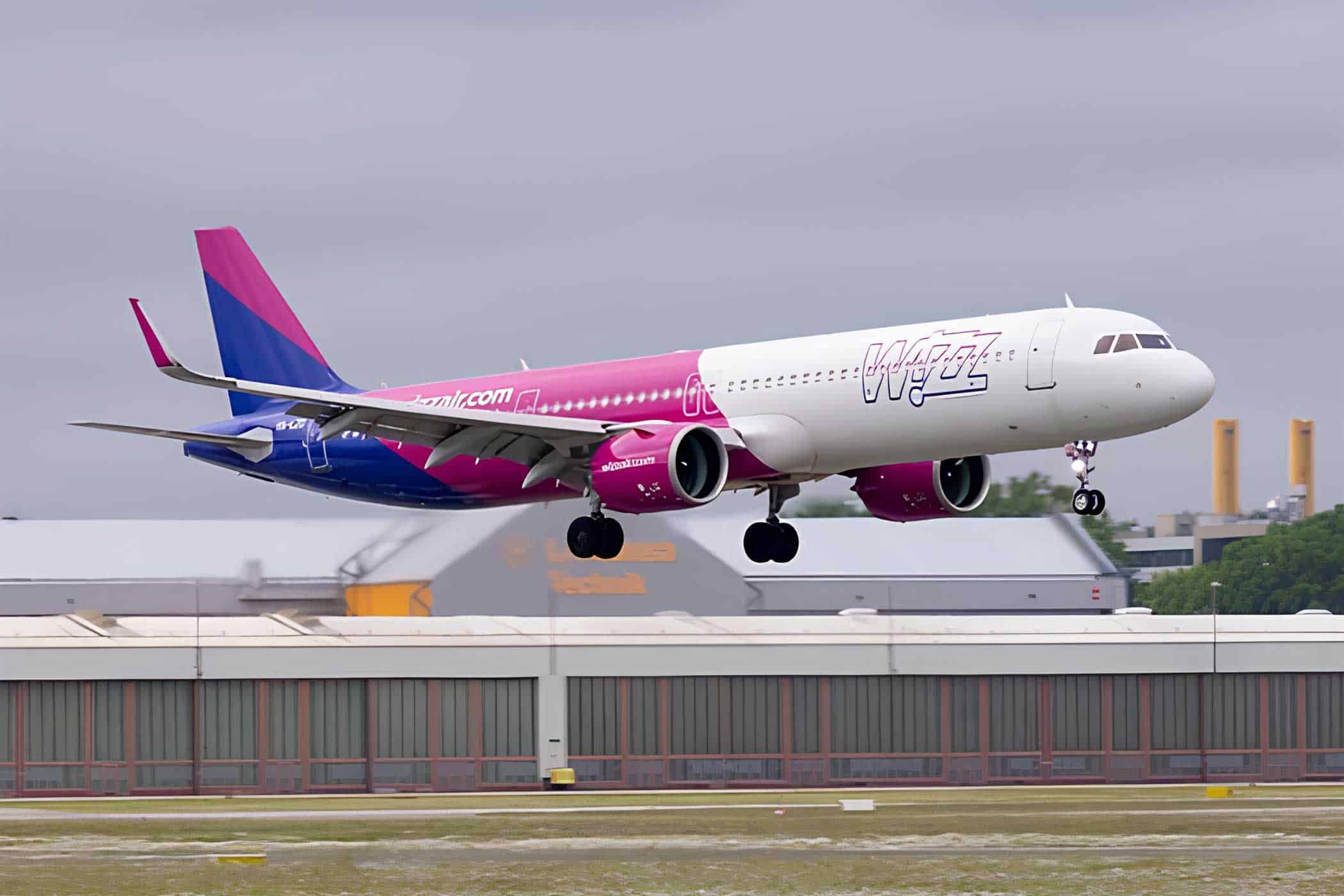 Wizz Air launches route to Kutaisi (Georgia) from Hamburg Airport (Wizz Air launches route to Kutaisi (Georgia) from Hamburg Airport)
Wizz Air launches route to Kutaisi (Georgia) from Hamburg Airport (Wizz Air launches route to Kutaisi (Georgia) from Hamburg Airport)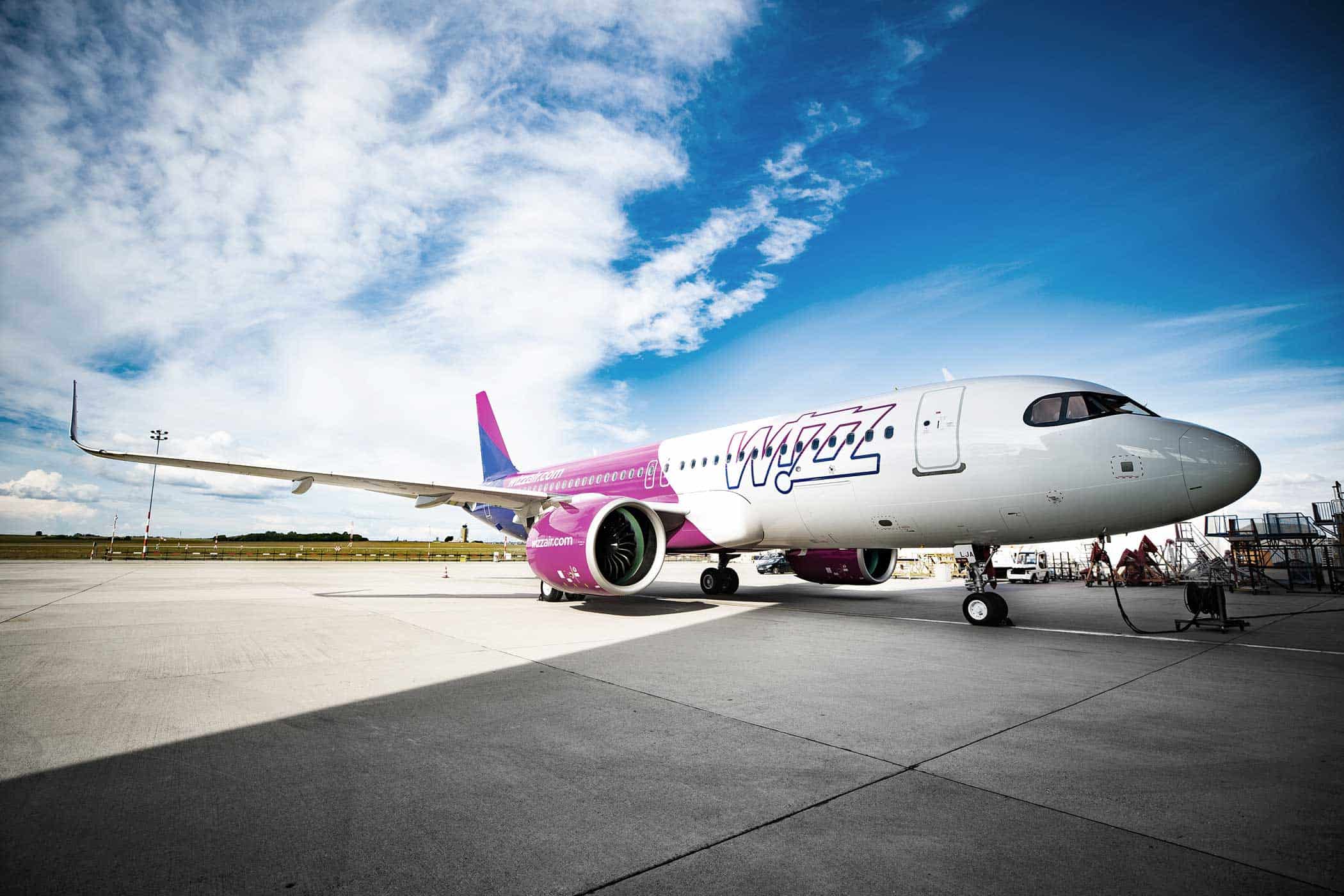 Wizz Air celebrates its 21st anniversary with tickets under 21 euros (Wizz Air celebrates its 21st anniversary with tickets under 21 euros)
Wizz Air celebrates its 21st anniversary with tickets under 21 euros (Wizz Air celebrates its 21st anniversary with tickets under 21 euros)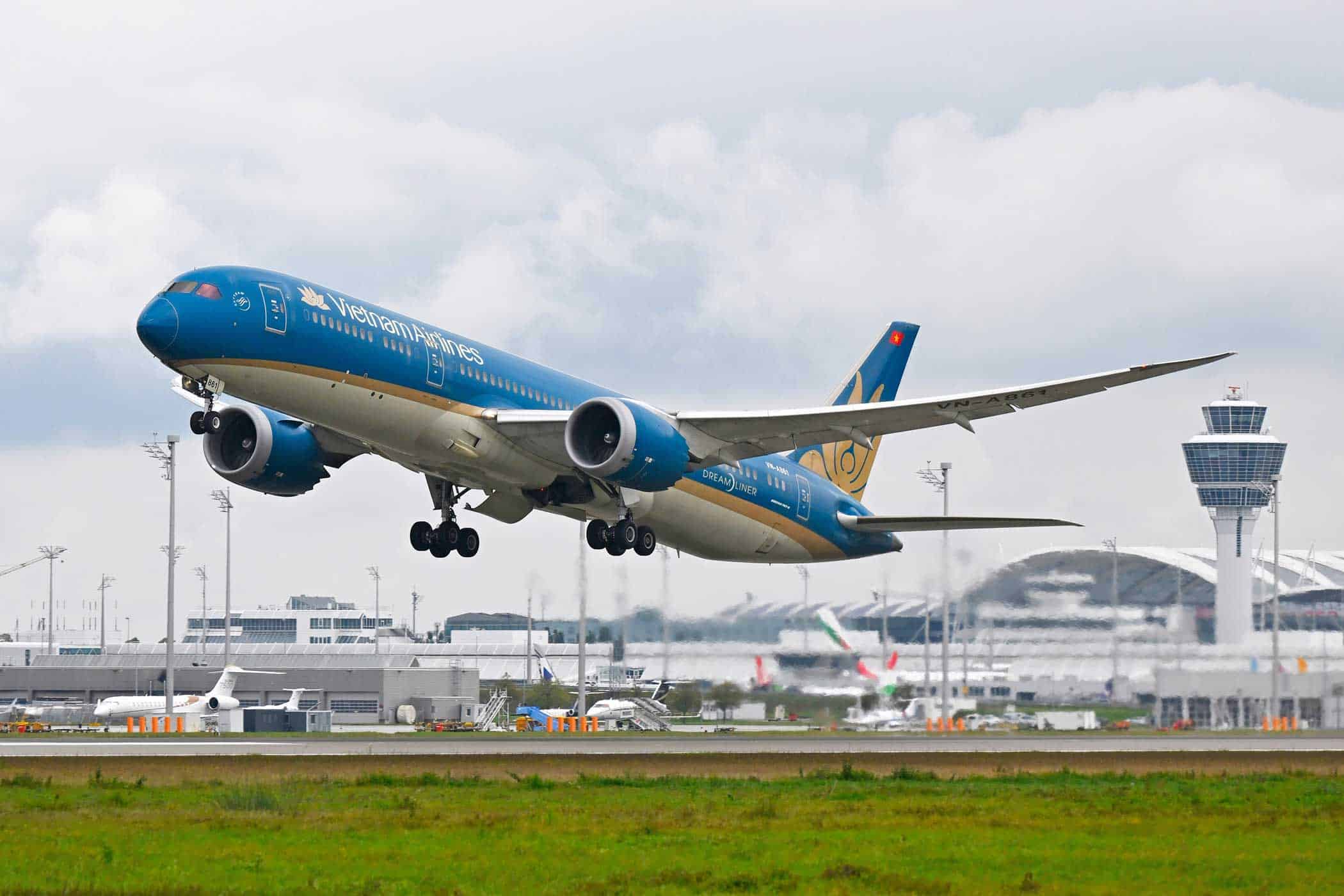 Vietnam Airlines expands its range of direct flights from Germany (Vietnam Airlines expands its range of direct flights from Germany)
Vietnam Airlines expands its range of direct flights from Germany (Vietnam Airlines expands its range of direct flights from Germany)